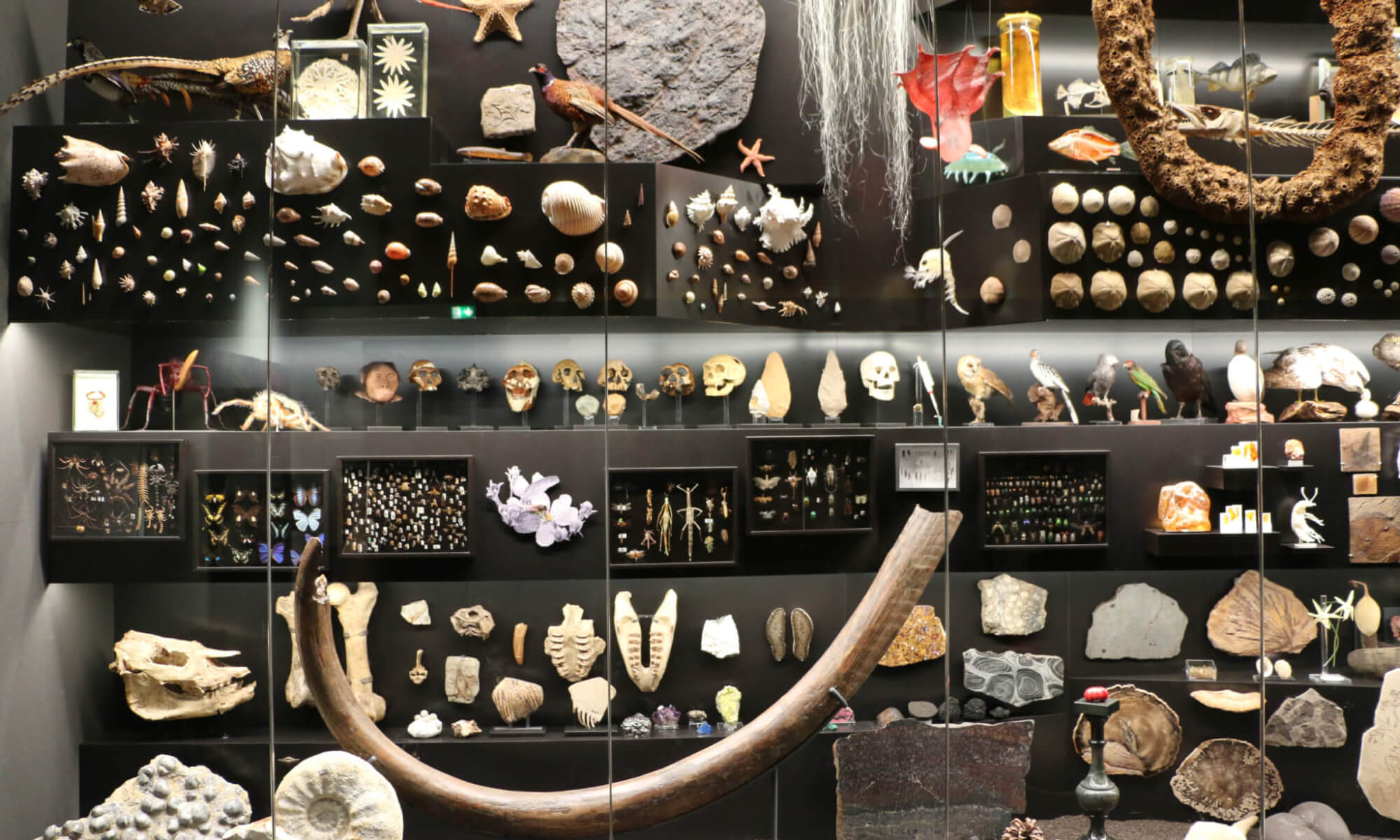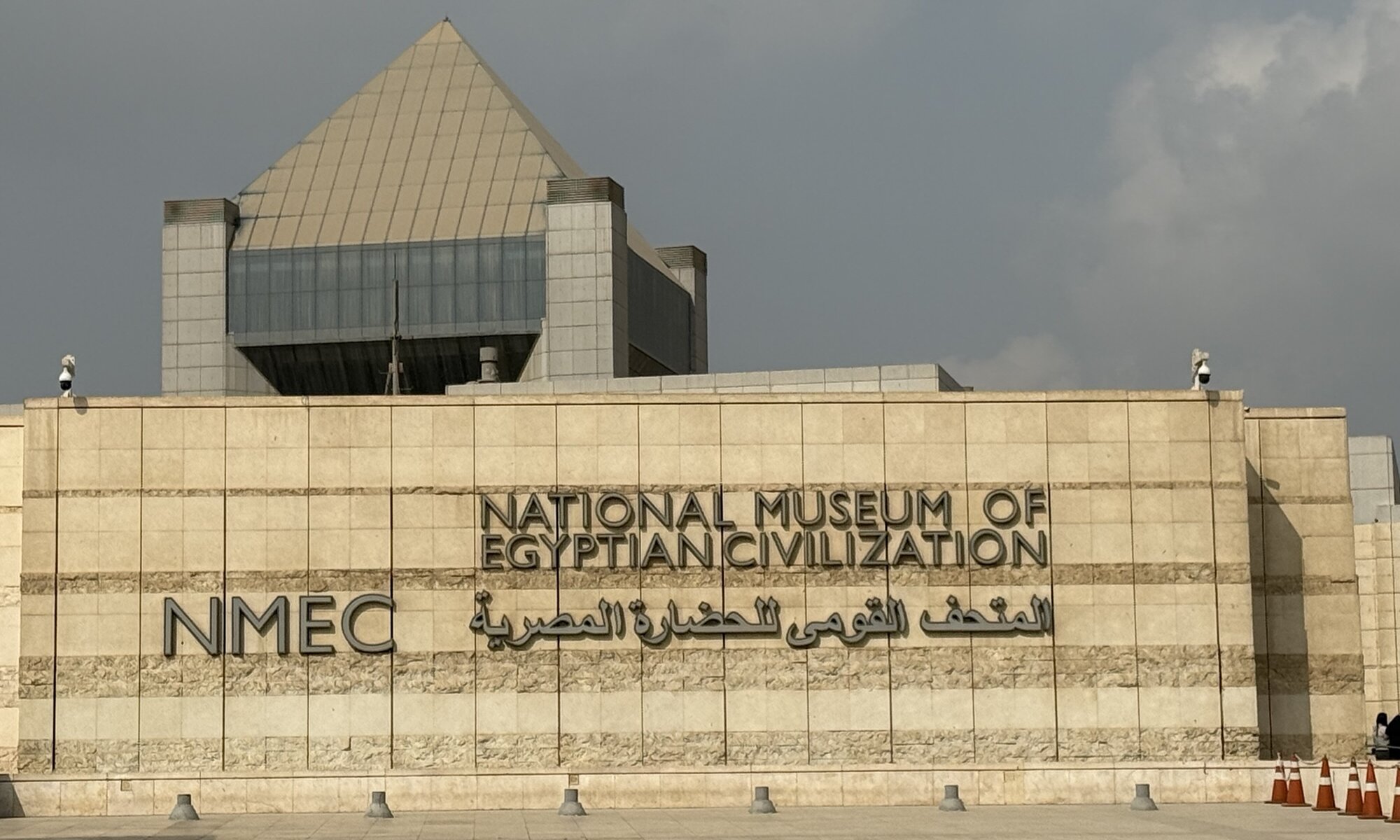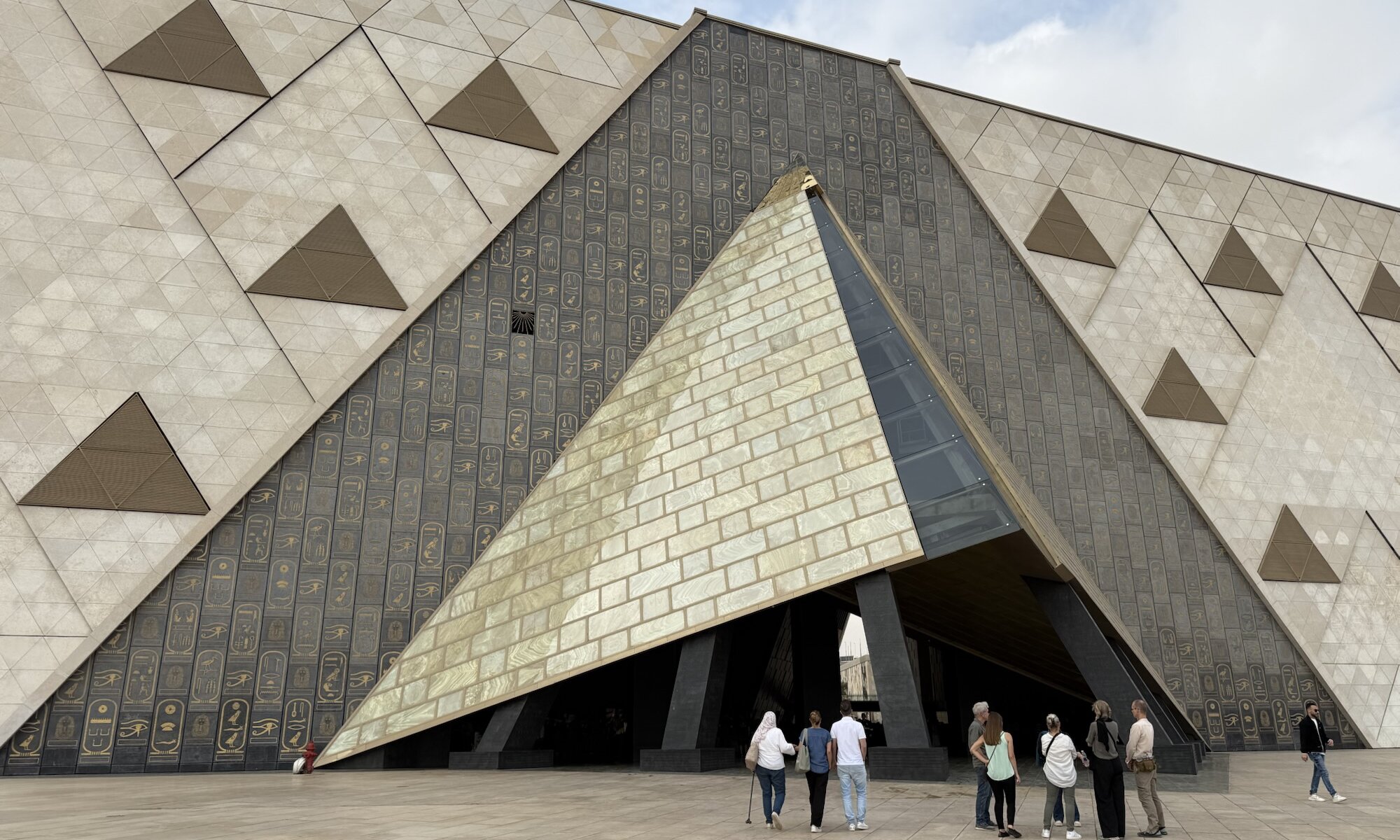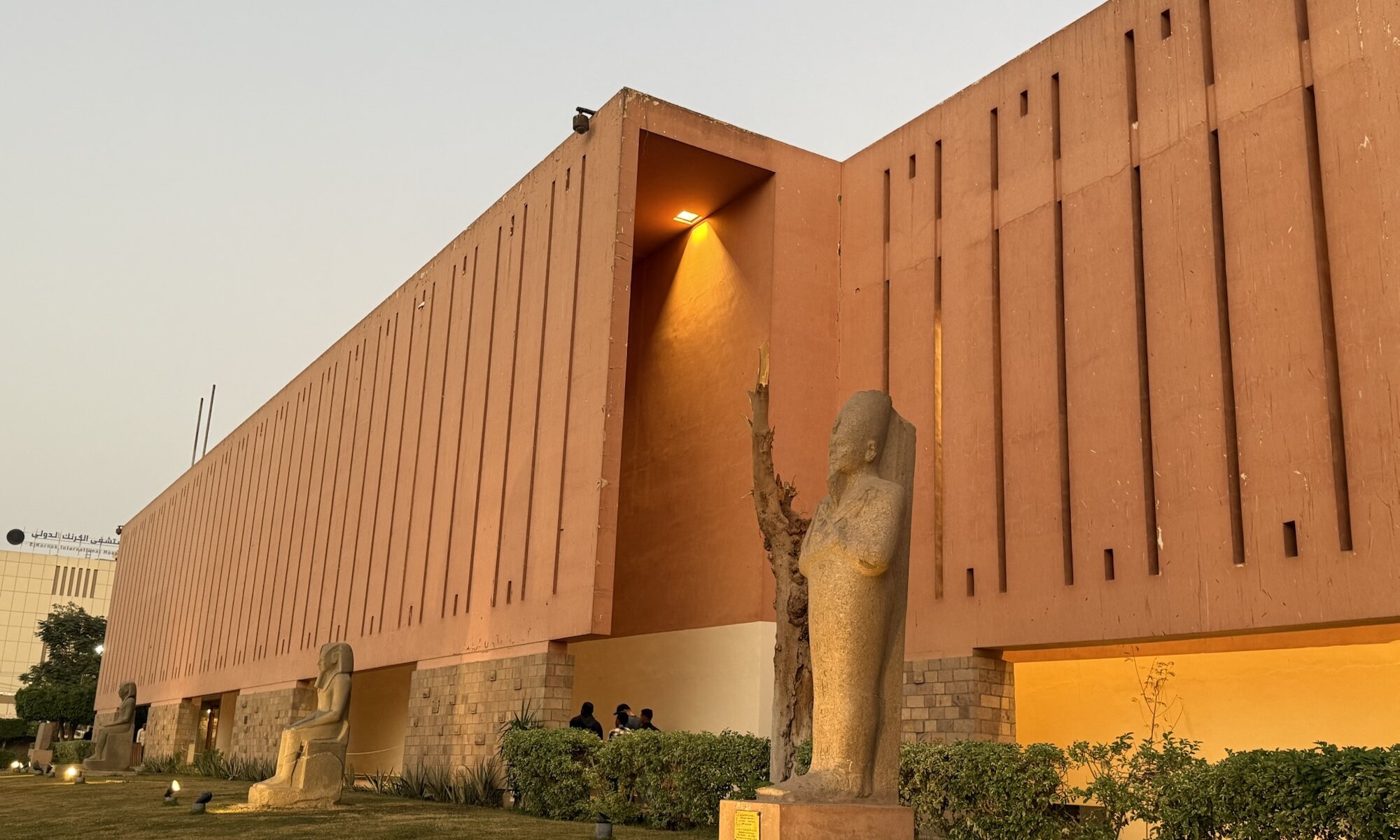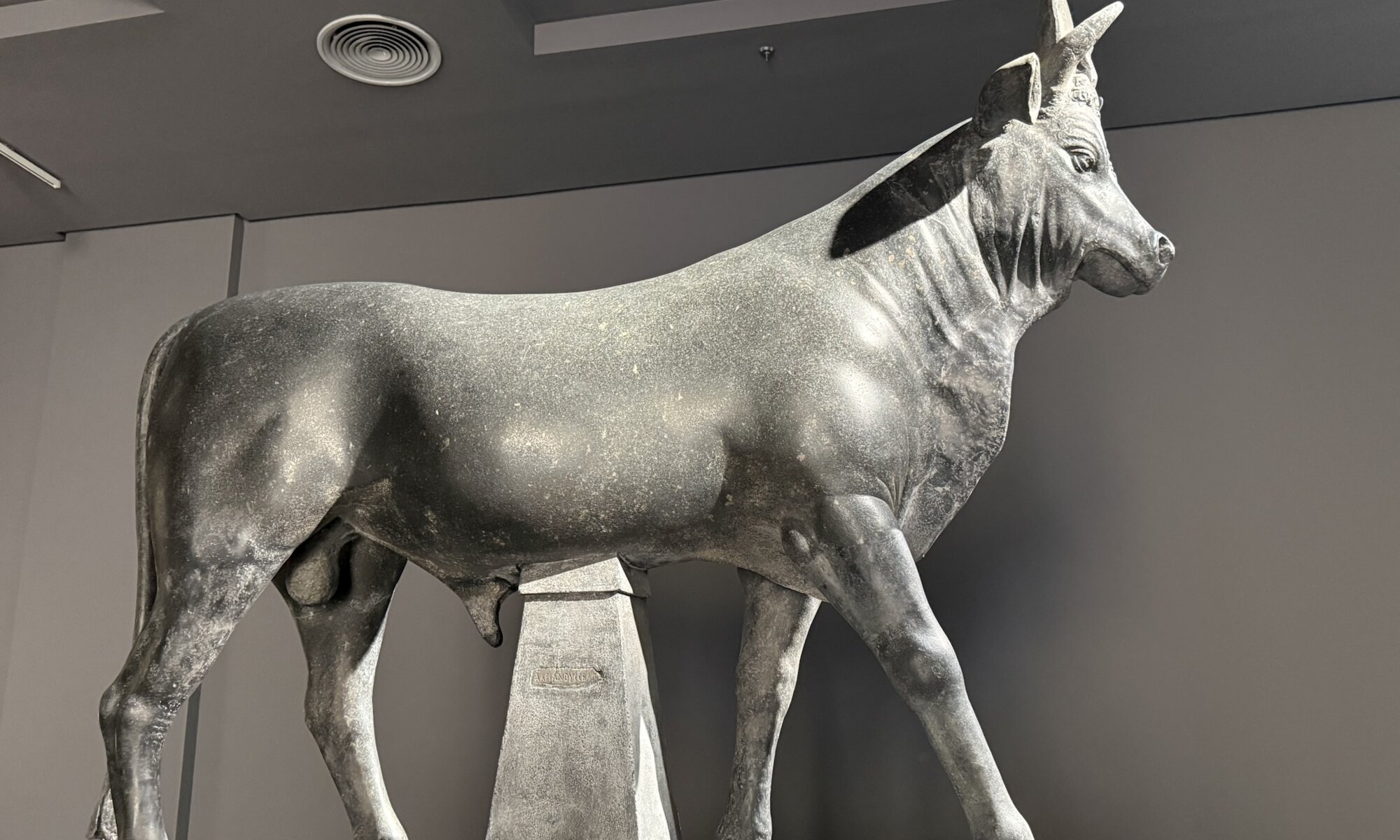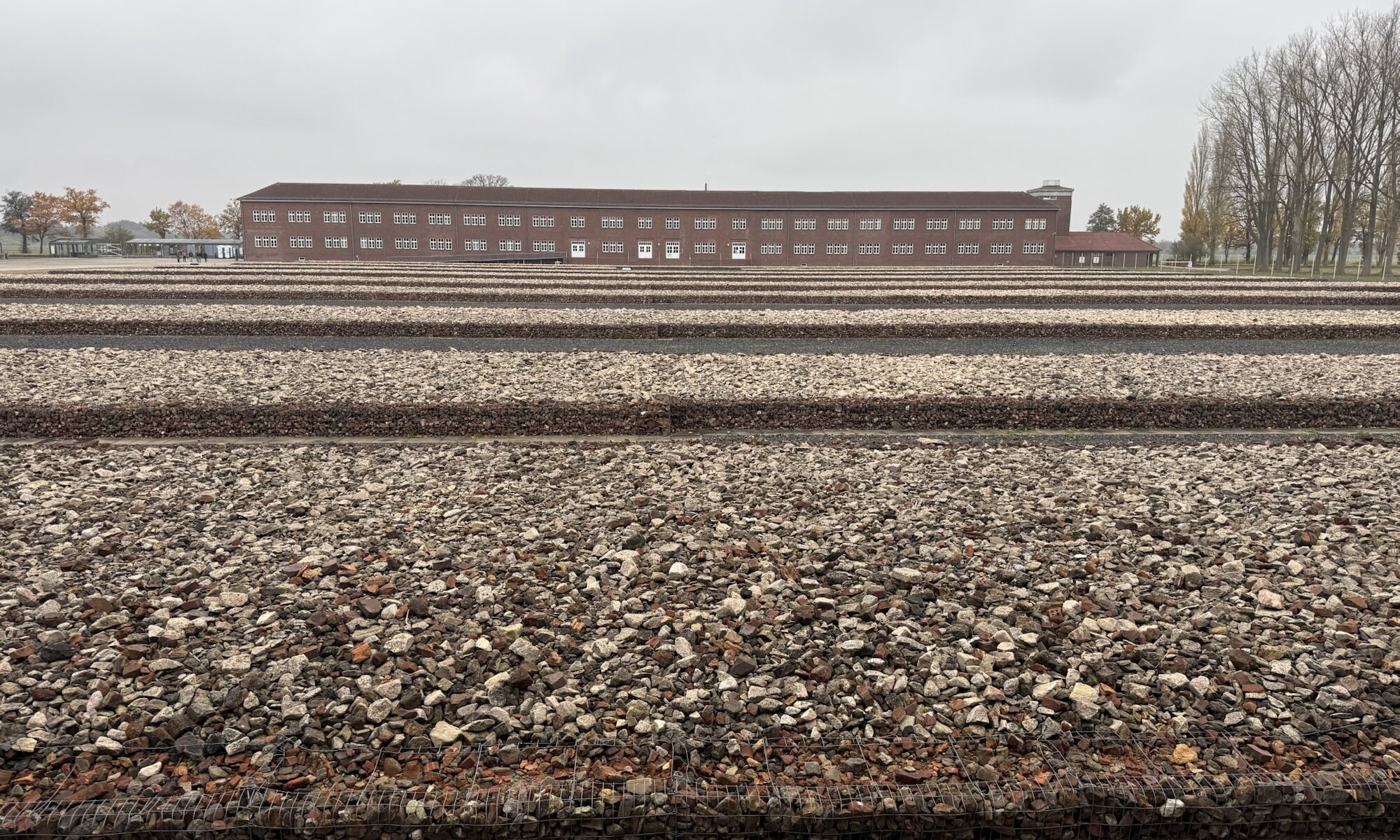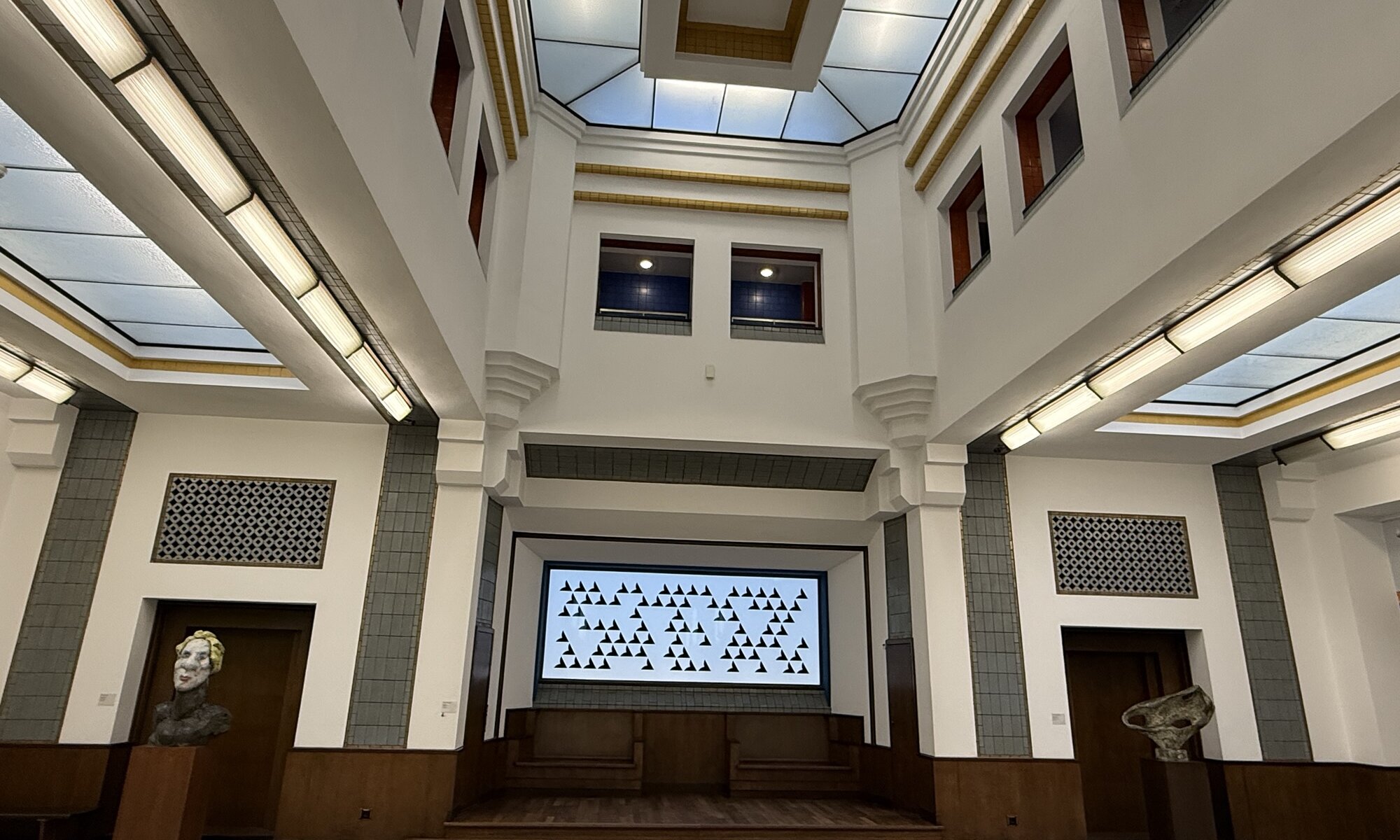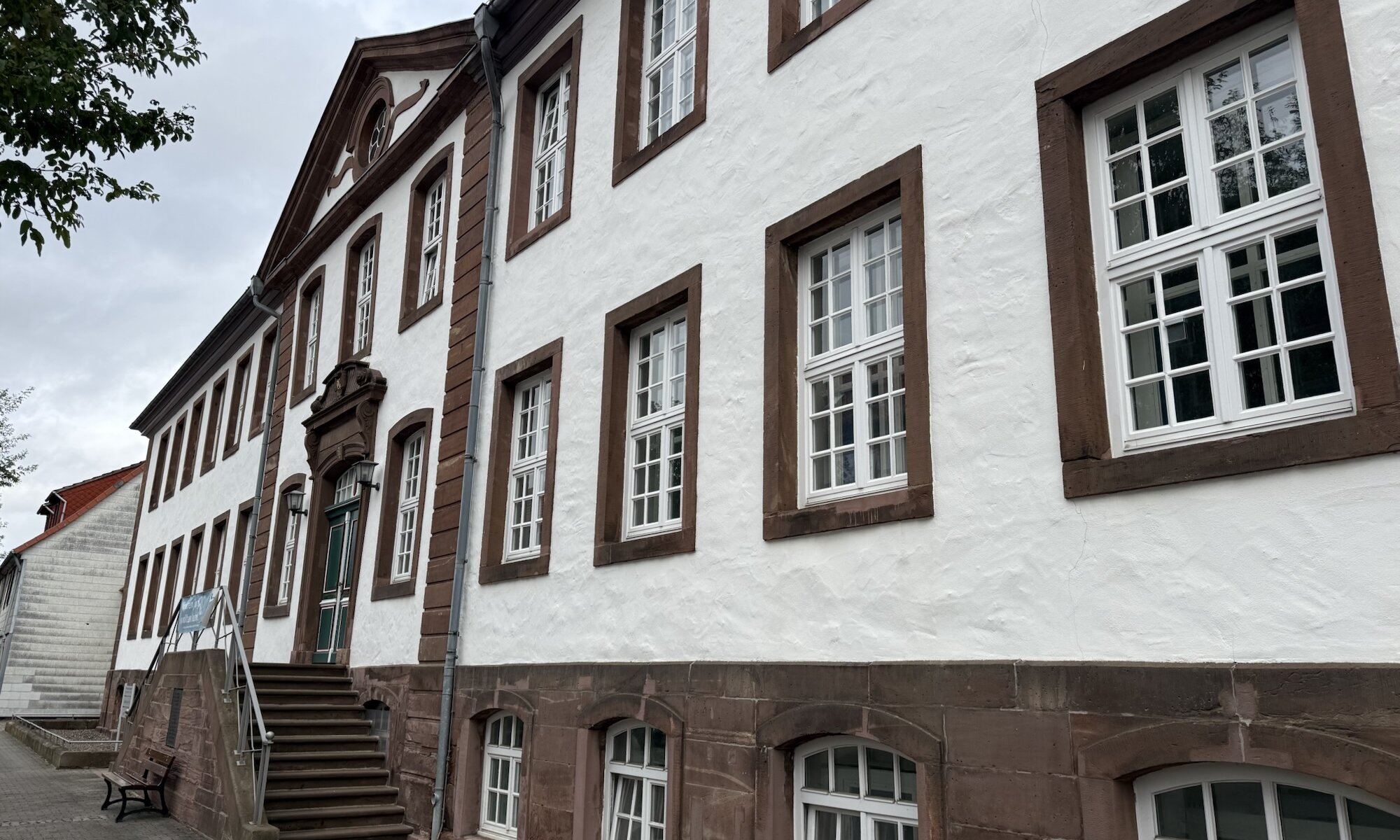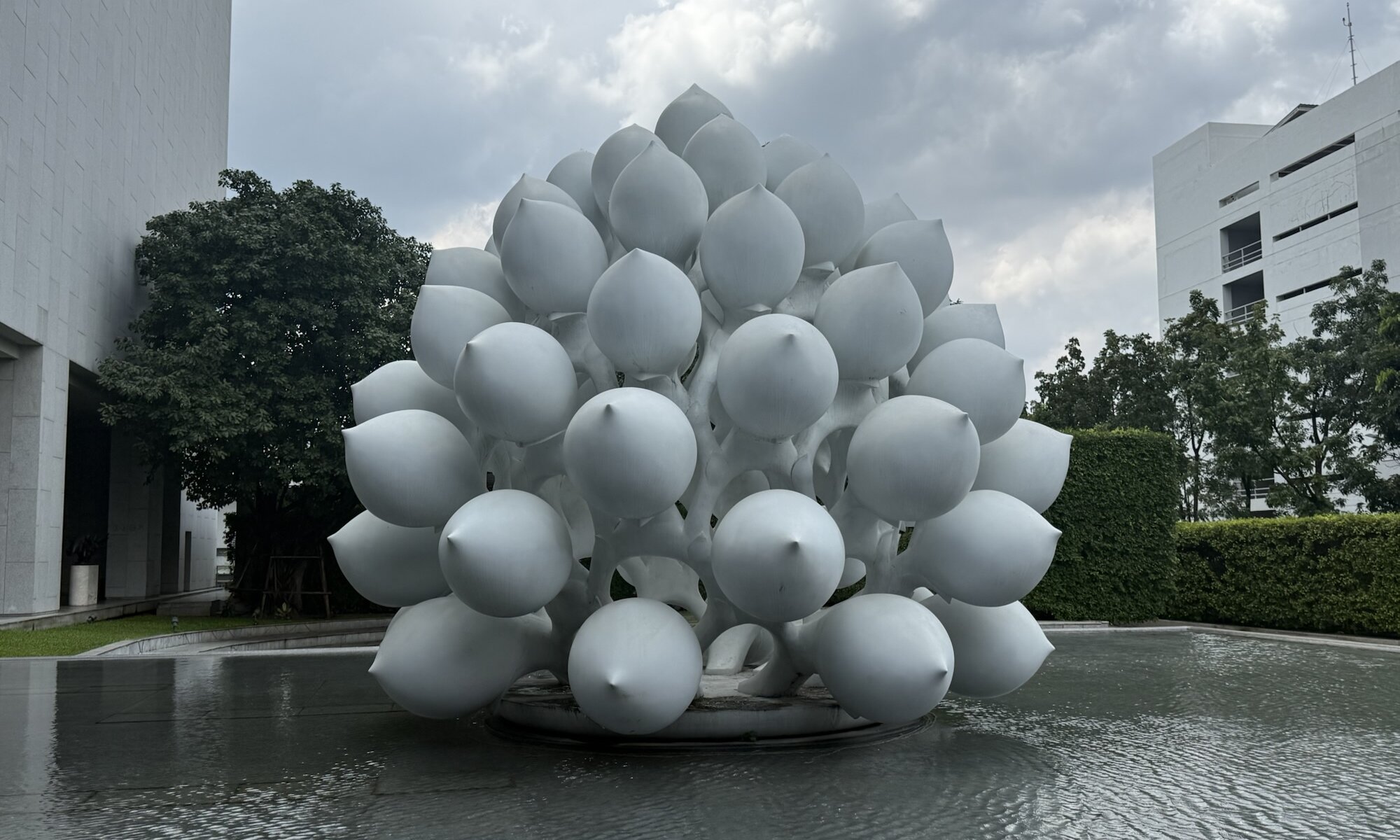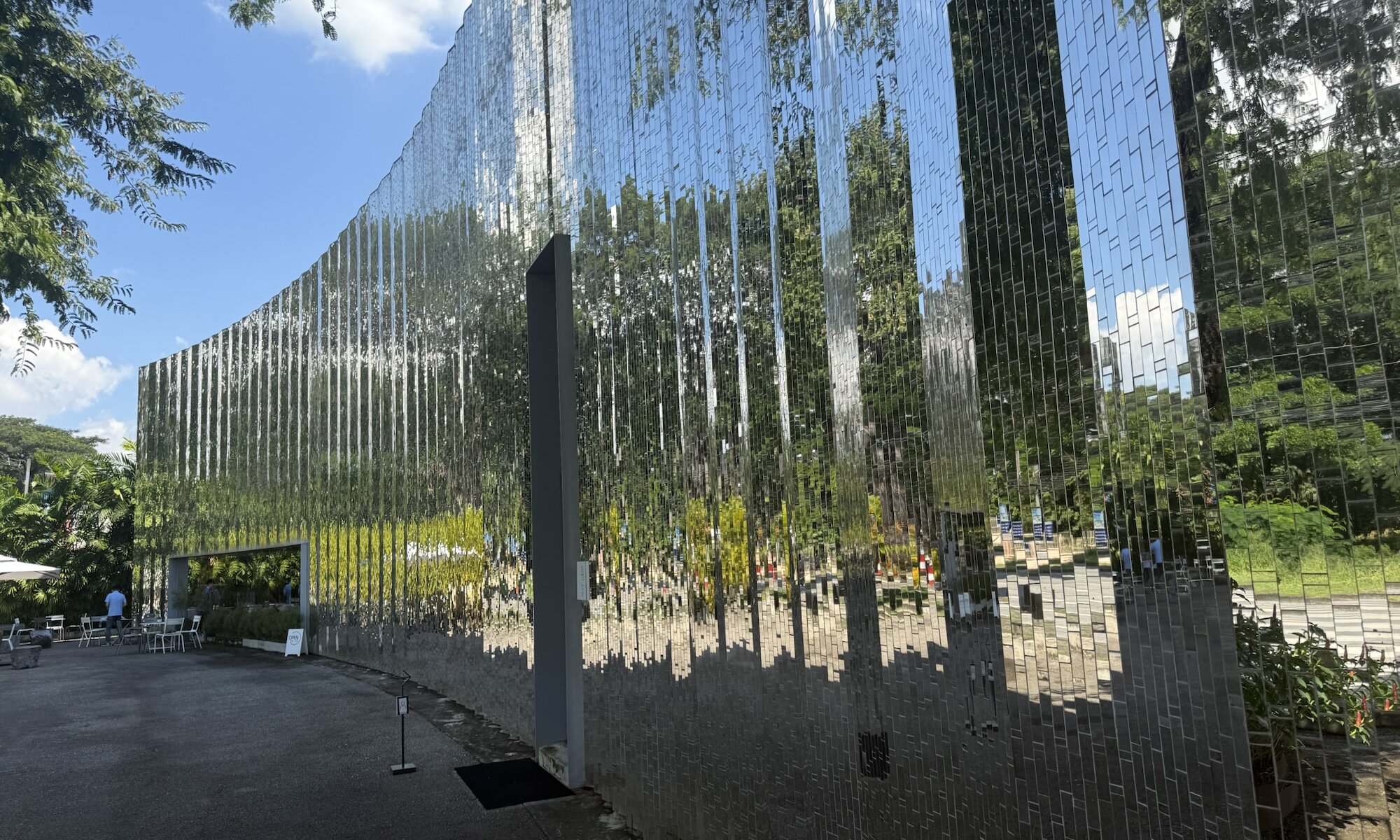Set along the edge of Fustat, the National Museum of Egyptian Civilization in القاهرة is one of Egypt’s most remarkable modern cultural achievements. Unlike the older institutions dedicated mainly to the grandeur of the pharaonic period, this museum offers a panoramic narration of Egypt’s entire civilizational development, from prehistoric times right through to the present day. The spacious, beautifully architected building integrates sleek contemporary design with motifs inspired by ancient Egyptian forms, creating a sense of continuity between the country’s deep past and its modern national identity.
Continue reading “Egyptian Civilization”Grand Egyptian
The Grand Egyptian Museum (GEM) stands as one of Egypt’s most ambitious cultural projects, located near the Giza Plateau with the Great Pyramids forming a spectacular backdrop. Conceived in the early 2000s, the museum was designed to serve as a new global centre for Egyptian archaeology and heritage, accommodating the growing need for modern exhibition space. The idea emerged as the century-old Egyptian Museum in Tahrir Square became overcrowded and outdated, struggling to house and preserve the vast artefacts gathered over two centuries of excavation. Construction began in earnest in the mid-2000s, with international collaboration shaping its architecture and conservation laboratories into some of the most advanced in the world.
Continue reading “Grand Egyptian”Mummies
The Luxor Museum, located on the Nile’s east bank between Luxor Temple and Karnak, offers one of Egypt’s most refined presentations of ancient artefacts. Unlike the grand and crowded Egyptian Museum in القاهرة, this museum is distinguished by its elegance, intelligent lighting, and uncluttered displays. Its modern architecture, with clean lines and glass cases, creates an almost meditative atmosphere that allows visitors to appreciate each piece in quiet detail. The museum’s two floors are thoughtfully arranged to illustrate the artistic and political development of Thebes, the ancient city that once stood where الأقصر does today.
Continue reading “Mummies”Antiquities
The Greco-Roman Museum in الإسكندرية stands as a prominent cultural landmark devoted to preserving and presenting the rich heritage of Egypt during the Greek and Roman periods. Its origins date back to the late 19th century, when the Italian scholar Giuseppe Botti began efforts in 1889 to protect الإسكندرية’s antiquities from neglect and destruction. Officially established in 1892 and initially housed in a modest rented building, the museum soon required a larger home, leading to the construction of its neoclassical building inaugurated in 1895. This elegant structure, with its grand six-column façade and historical architectural significance, reflects the cultural revival and archaeological enthusiasm that blossomed around الإسكندرية at that time.
Continue reading “Antiquities”Neuengamme
The Neuengamme concentration camp, located in the outskirts of Hamburg, was established by the SS in late 1938 initially as a subcamp of Sachsenhausen before becoming independent in 1940. The site, built around a disused brickworks, played a grim role in Nazi efforts to exploit forced labour for the war economy, with prisoners compelled to endure backbreaking tasks under brutal conditions. Over its seven-year existence until liberation in May 1945, Neuengamme became the central concentration camp in north-west Germany, expanding to include dozens of satellite camps throughout the region.
Continue reading “Neuengamme”Kunstmuseum
The Kunstmuseum in Den Haag stands as an emblem of modern art institutions, rooted in an illustrious history dating back to 1866 when a group of artists and collectors founded the Society for the Development of a Museum of Modern Art. Their vision was embraced by civic leaders and prominent artists such as Philip Sadée and Hendrik Willem Mesdag, transforming the museum into a cultural centrepiece for Den Haag. The collection grew rapidly, outstripping its initial premises until it found a permanent home at its present site, reflecting both the historical depth and continuous expansion of its holdings through the nineteenth and twentieth centuries.
Continue reading “Kunstmuseum”KZ Moringen
The Konzentrationslager Moringen, located near Göttingen in Lower Saxony, began its grim history shortly after the Nazi rise to power in 1933. Established within the buildings of a former Arbeitshaus (or Werkhaus, an institution for forced labour), it was among the first wave of concentration camps set up across Germany, predating the large, industrial-scale camps that would later define the regime’s terror. Initially, the camp served as a detention site for political opponents of the Nazis – primarily communists, social democrats, and trade unionists. Prisoners were subjected to harsh conditions, forced labour, and systematic abuse, as the camp became a testing ground for the early concentration camp system.
Continue reading “KZ Moringen”MOCA
The Museum of Contemporary Art in กรุงเทพฯ, often abbreviated as MOCA, stands as a beacon of modern artistic expression in the bustling Thai capital. Its architecture is striking, blending a modernist design with clean lines and an expansive, airy interior that invites visitors to immerse themselves in the creative atmosphere. The building’s façade is characterised by large glass panels that allow natural light to flood the galleries, creating an environment where artworks can be appreciated in vivid detail. Situated a little way from the city centre, MOCA offers a peaceful contrast to the busy urban surroundings, providing a contemplative space where art takes centre stage.
Continue reading “MOCA”MAIIAM
The MAIIAM Contemporary Art Museum in เชียงใหม่ offers a captivating insight into the vibrant art scene of Southeast Asia, with a particular focus on contemporary Thai artists. Set within a modern, thoughtfully designed space, the museum provides an inviting atmosphere for both art aficionados and casual visitors. Its architecture cleverly blends clean, minimalist lines with a sense of openness that enhances the experience of viewing art, making it more than just a gallery but a cultural destination in its own right.
Continue reading “MAIIAM”WW2 in Thailand
The Western understanding of World War II’s Asian theatre often remains limited, with far more focus placed on European battles and events. This gap in knowledge means the profound experiences and complex roles of countries like Thailand during the war are frequently overlooked. Thailand’s position during this period was shaped by its geographical location and political pressures, which led to a unique wartime experience that had lasting implications for the country and the surrounding region.
Continue reading “WW2 in Thailand”